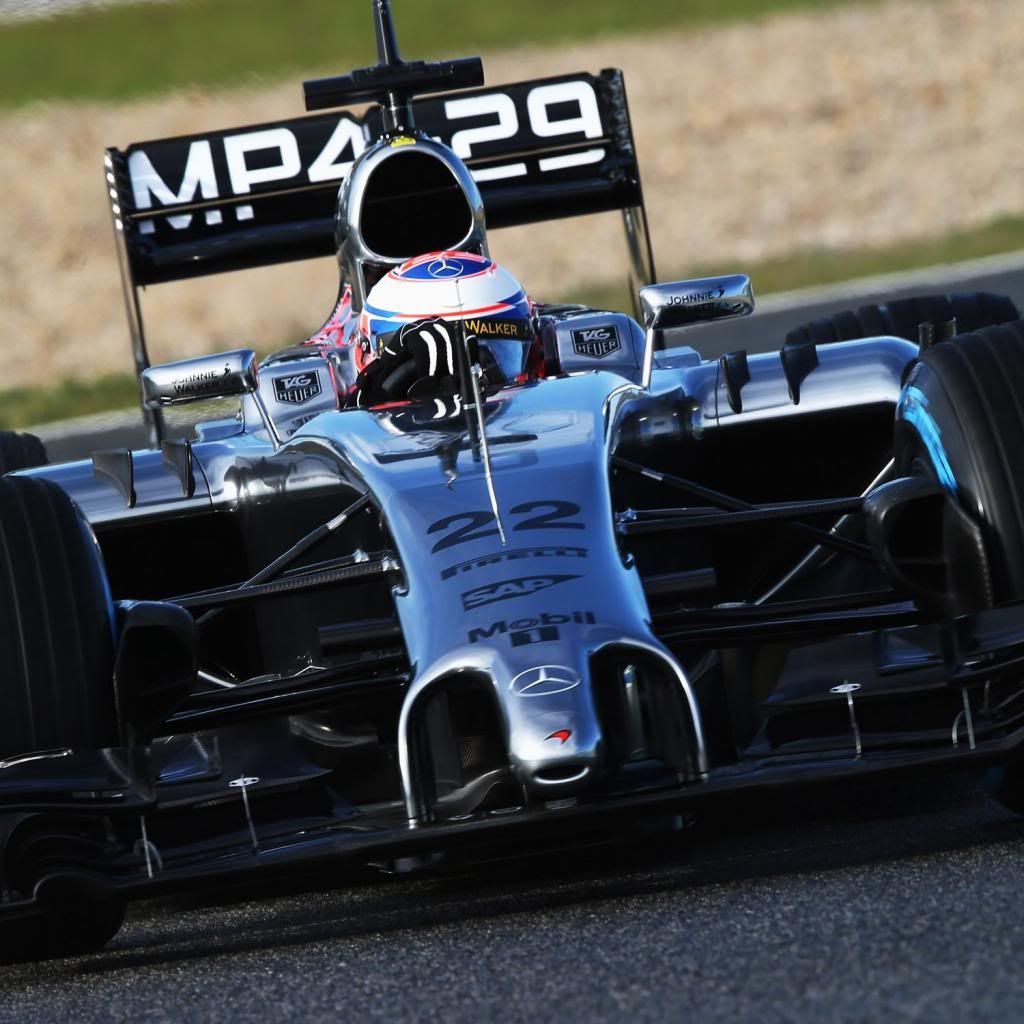raymondu999 wrote:I assume though probably the FIA will force homologising after a time. How long did it take them to homologise V10s and V8s?
I belive the V6s will have free and open regs untill the end of the first season, then they will have 25% of their design homologated for 2015, then after 2016 it will be 60% homologation and in 2017 it will be closeer to 85-90% homologated.
After each homologation run id expect there to be some disparity to a point, initially the differencial will be as much as 20% of a diffrence covering each manufacturer. Each time there is a homologation there will be a gap that is ever decreasing, and by the end of it id recon that we will have engines that are as close together by as much as 20hp from most powerful to least powerful.
The thing as well as there is to also be a host of common parts as well i belive such as the fuel pump that will be fuel flow limited to 1kg per 2.55km or something simmilar as the V6s are to reduce the fuel consumption by 40% to the cyurrent V8s. Also the idea of a common turbo have also been talked about so that one engine cant have better one than another, but also this is is to also limit the boost rate.
The one area that i belive that will be the new black arts area is KERS/HERS/SERS, as i think that the teams and engine manufacturers will be trying to make them as light as posible with the largest charge and power output as posible. KERS will be easily encorperated, HERS will be slightly harder, but another aera that is being exploited is Sound Energy Recovery Systems, but they are at least 7 to 10 years away at present.
From what im also led to belive is that McLaren Electronics Systems will probably be kept as the suppliers of the Standard ECU and Dash display items, but the display will be designed with more on it as drivers are wanting some more on it. Id also like to say with this that the FIA are looking into steering wheels as there are too many buttons and switches on them and are looking at making the steering wheels to have at maximum 10 buttons and 5 rotarys with 4 paddles on the back of the steering wheels for clutch(es) and gear changes. This is to give the drivers less to do and more time to concentrate on racing.


